A Triassic herbivore, known for its supposed similarities to a modern-day ostrich, has been revealed to have an entirely different approach to feeding than previously thought, according to research involving UCL and University of Birmingham researchers.
The new findings, published in The Anatomical Record, reveal a much broader diversity of herbivore behavior during the Triassic period than has been recognized to date.
Called Effigia, the animal was about the size of a gazelle and lived in North America around 205 million years ago. Its fossil remains were found in the Ghost Ranch Quarry in New Mexico in the 1940s, although the material was not formally described by paleontologists until 2006.
The remains had been relatively poorly preserved in the quarry and the skull, in particular, was quite badly deformed, making accurate reconstruction problematic. Early analysis of the specimen concluded that it belonged to the group of reptiles that includes crocodylians and birds and which started to flourish in the Triassic period.
Although more closely related to crocodylians, Effigia’s lightweight body, elongated neck, large eyes, and beak shared many similarities with a modern-day ostrich, leading researchers to believe the animal fed by pecking plant material from the ground.
But new analysis of the specimen, led by experts at the University of Birmingham alongside scientists at UCL, University of Bristol, University of York, Virginia Tech, and Natural History Museum, has revealed this animal was probably an entirely different type of herbivore than previously thought.
The team used new CT scans of Effigia’s skull which revealed a much more accurate reconstruction of the animal. This included new information about the shape of the skull, such as a more rounded, bulbous brain cavity and curved upper and lower jaws. Unlike an ostrich bill, which is more rounded, Effigia’s bill is more concave with jaws that open and close a bit like a pair of shears.
The team used this information to model the effects of different forces acting on the skull, including what happens when the animal pecks at the ground. By modeling the forces the skull would need to withstand in order to feed by pecking, the researchers calculated that Effigia’s skull would probably have shattered. Instead, they suggest, the animal would be more likely to use its jaws to snip off and nibble pieces of soft plant material such as young shoots, or ferns.
Lead researcher Dr. Jordan Bestwick (University of Birmingham) said: “The herbivores we already recognize in the Triassic period fed either by digging for roots, such as the pig-like aetosaurs, or reaching for leaves high up in the treetops, like the long-necked sauropods. These two-legged browsers with a weak bite are unique to this period and show a previously unrecognized diversity among the herbivores of this period.”
Co-author Dr. Laura Porro (UCL Cell & Developmental Biology) added: “Traditionally in paleontology, we assumed that animals which look similar must have had similar lifestyles. What cutting-edge, rigorous methods such as those applied in this paper are showing us, is that even subtle differences in body shape can have big consequences for what animals can do, and can indicate very different behaviors and diets. It will be interesting to see what we discover as we apply these techniques to more and more fossil species.”
Reference: “Cranial functional morphology of the pseudosuchian Effigia and implications for its ecological role in the Triassic” by Jordan Bestwick, Andrew S. Jones, Sterling J. Nesbitt, Stephan Lautenschlager, Emily J. Rayfield, Andrew R. Cuff, David J. Button, Paul M. Barrett, Laura B. Porro and Richard J. Butler, 29 November 2021, The Anatomical Record.
DOI: 10.1002/ar.24827

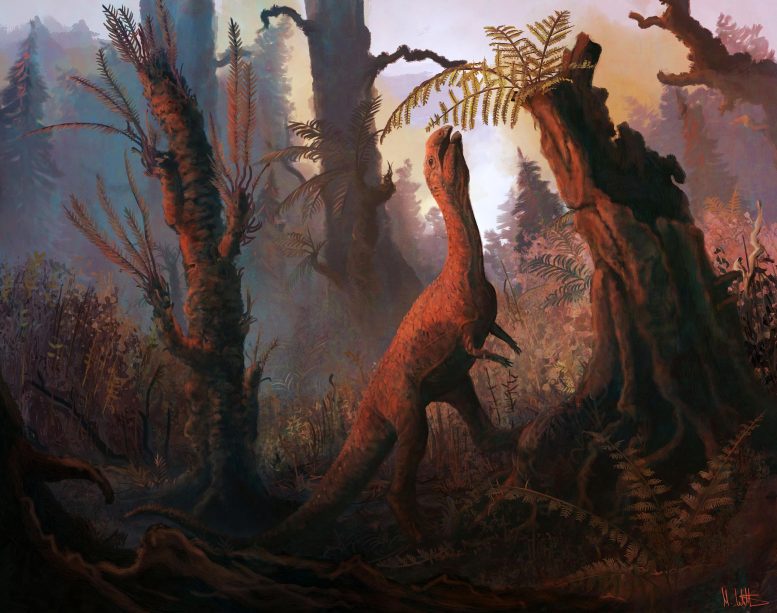
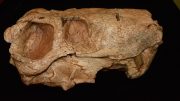
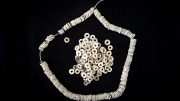
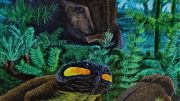
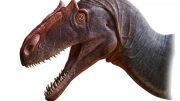
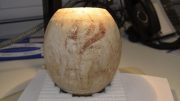
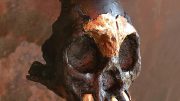
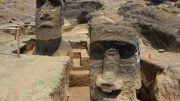
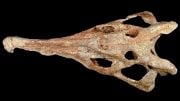
Birds are not thecodont they are not related .archosaur name have no evidence so it is not a real scientific name .thecodont means crocodilian teeth say thecodont for effigia.mesoeucrocodylia is not close related to effigia .gator came from spinosauridae the gator is a tetanuran dinosaur .effigia is a primitive dinosaur that lack lacrimal foramen and Cingulum teeth its not a tetanuran dinosaur.it’s a dinosaur 4 -5 sacral vertebrae this is extreme sacral vertebrae .gator herrerasaurus has 2 for bipedal which is bad for bipedal .advance dinosaur have 3-4-5- which is good for bipedal .in reptile evolution it’s normal to loose sacral vertebrae from the common 2 .fossil caiman has 3 and other gator type mesoeucrocodylia normal mesoeucrocodylia has 2 which is very low for tetanuran because of evolution deevolution herrerasaurus dinosaur show 2 is enough for bipedal .the lost of fourth trochanter does not mean it’s not a dinosaur like pterosaur a key bipedal feature clearly they were aquatic very aquatic smooth skin lack osteoderm like whale mesoeucrocodylia effigia was very aquatic like pterosaur a sting ray mimic.effigia type of dinosaur bipedal and gator type bipedal is convergent evolution .likely effigia could not bipedal with the lost of fourth trochanter most of its kind has fourth trochanter its more evidence that it was very aquatic and whale like.gator ankle is a dinosaur ankle allthou look nothing like dinosaur ankle because it show fusion the peg .effigia type of dinosaur human ankle which clearly help in bipedal human is a bipedal animal it’s convergent with the gator ankle.i think effigia is related To fake sauropod not the real sauropod.both are dinosaur